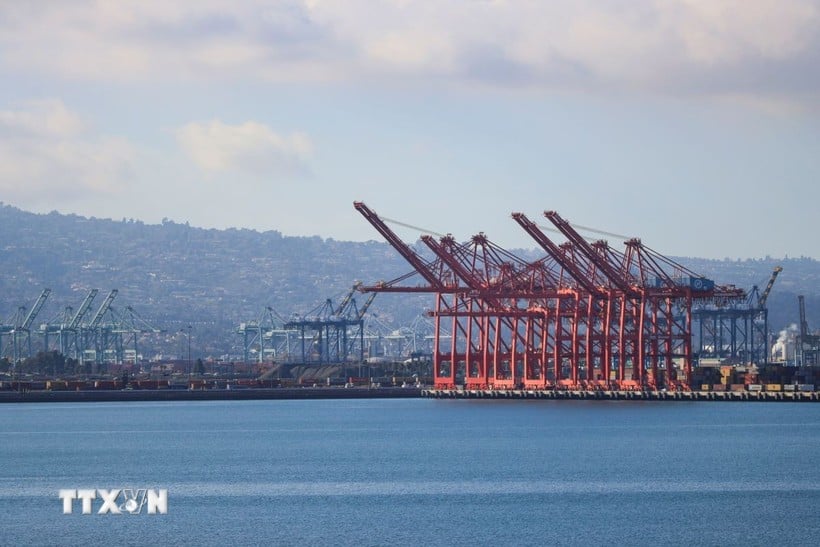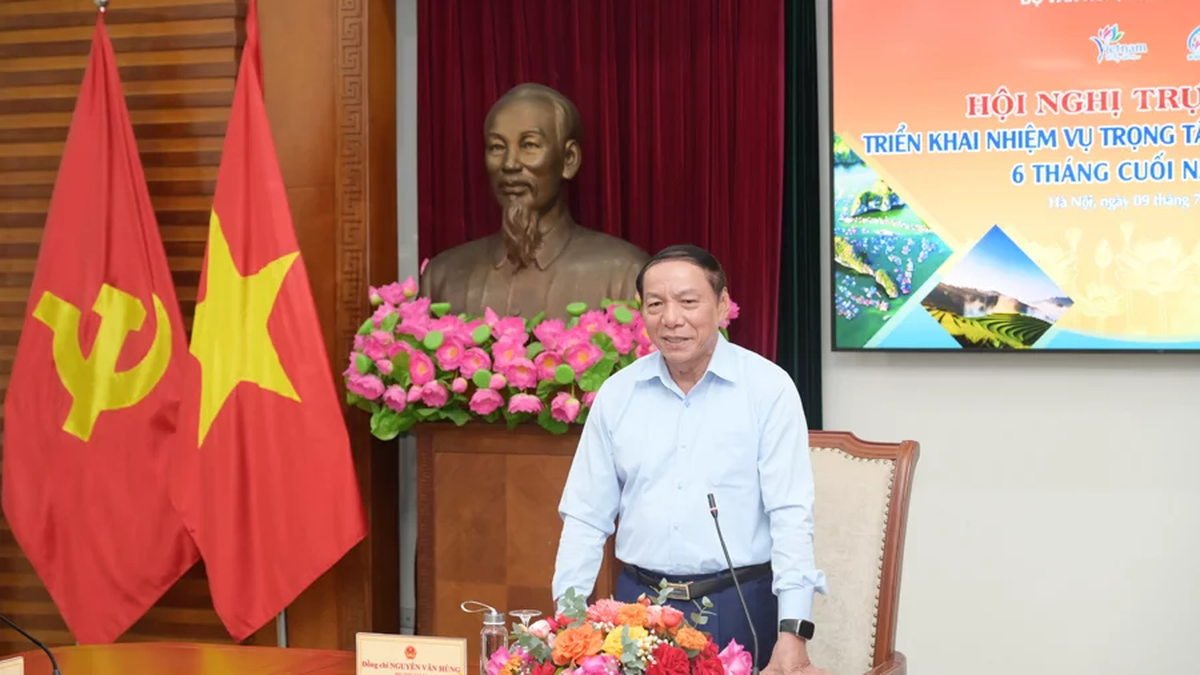US President Donald Trump has warned of the possibility of imposing tariffs of up to 200% on imported pharmaceuticals, as part of a strategy to boost domestic production.

On July 8, US President Donald Trump announced that he would impose a 50% tariff on all copper imports into the country, with the goal of boosting domestic production of the essential metal for electric vehicles, military equipment, power grids and many consumer goods.
He also warned of the possibility of imposing tariffs of up to 200% on imported pharmaceuticals, as part of a strategy to boost domestic production.
Speaking at a cabinet meeting at the White House, President Trump announced a 50% tax on copper but did not specify when it would be implemented.
Comex copper futures in the US jumped more than 12% to a record high immediately after Mr Trump’s announcement. The announcement came earlier than the industry had expected and with tariffs much higher than expected.
In an interview with CNBC after Trump's announcement, US Commerce Secretary Howard Lutnick said the copper tariffs would likely be imposed in late July or August 1.
Meanwhile, many countries, mining companies and industry associations are awaiting more clarity on the proposed tariffs. Analysts at RBC Capital Markets said the implementation of the new tariffs could cause significant volatility in copper prices and copper mining stocks in the short term.
Copper is widely used in construction, transportation, electronics and many other industries. The US imports about 50% of its copper needs each year and currently has only three refineries.
Shares of Freeport-McMoRan, the world’s largest copper producer based in Phoenix, rose more than 5% in trading on July 8. The company mined more than 571,530 cubic meters of copper in the United States last year, but has not yet commented on the new policy.
Despite benefiting from the tariffs, Freeport also expressed concern that the measures could negatively impact the global economy and recommended that the government focus on boosting domestic manufacturing capacity.
The three countries that could be most affected by the tariffs are Chile, Canada and Mexico, which are the top suppliers of refined copper, copper alloys and copper products to the US in 2024, according to US Census Bureau data. The three countries have asked Washington not to impose the tariffs on the grounds that their exports do not threaten US national security interests and all three countries have free trade agreements with the US.
Mexico's Economy Ministry and Canada's Finance Ministry have yet to respond, while Chile's Foreign Ministry said it has not received any official notification regarding the tariffs.
President Trump also announced plans to impose tariffs of up to 200% on foreign-made pharmaceuticals. However, he said he would give pharmaceutical companies a year to 18 months to adjust their supply chains and shift production to the United States before imposing the tariffs.
The Trump administration has argued that overreliance on imported drugs is a national security risk. But pharmaceutical companies have warned that the move could lead to drug shortages and higher costs for Americans. Pharmaceutical companies say they have global manufacturing networks and that bringing more production to the United States would require a major commitment of resources that could take years to complete.
Market reaction to President Trump’s announcement was muted. Shares of major US pharmaceutical companies Pfizer, Merck, Eli Lilly, Bristol Myers and Johnson & Johnson all fell slightly during the cabinet meeting, but largely recovered afterward.
Not only that, President Trump also announced that he would protect the position of the USD, and reaffirmed that he would not extend after August 1 a series of higher tariffs on imported goods from dozens of countries, which were delayed in April. According to him, these tariffs could be up to 60-70% for some countries, while BRICS countries will have to pay an additional 10% tax.
In recent months, the Trump administration has launched investigations into items such as copper, pharmaceuticals, lumber, semiconductors and critical minerals, which could lead to more tariffs.
Secretary Lutnick said the reports on pharmaceuticals and semiconductors are expected to be completed by the end of July, after which the president will decide on specific policies.
US Treasury Secretary Scott Bessent said the US has collected about $100 billion from tariffs since the beginning of the year and is expected to reach $300 billion by the end of the year if the new policies are implemented as planned./.
Source: https://baolangson.vn/thue-quan-cua-my-tong-thong-trump-canh-bao-danh-thue-toi-200-voi-duoc-pham-5052657.html


























![[Photo] Gia Lai provincial leaders offer flowers at Uncle Ho's Monument with the ethnic groups of the Central Highlands](https://vphoto.vietnam.vn/thumb/1200x675/vietnam/resource/IMAGE/2025/7/9/196438801da24b3cb6158d0501984818)











































































Comment (0)